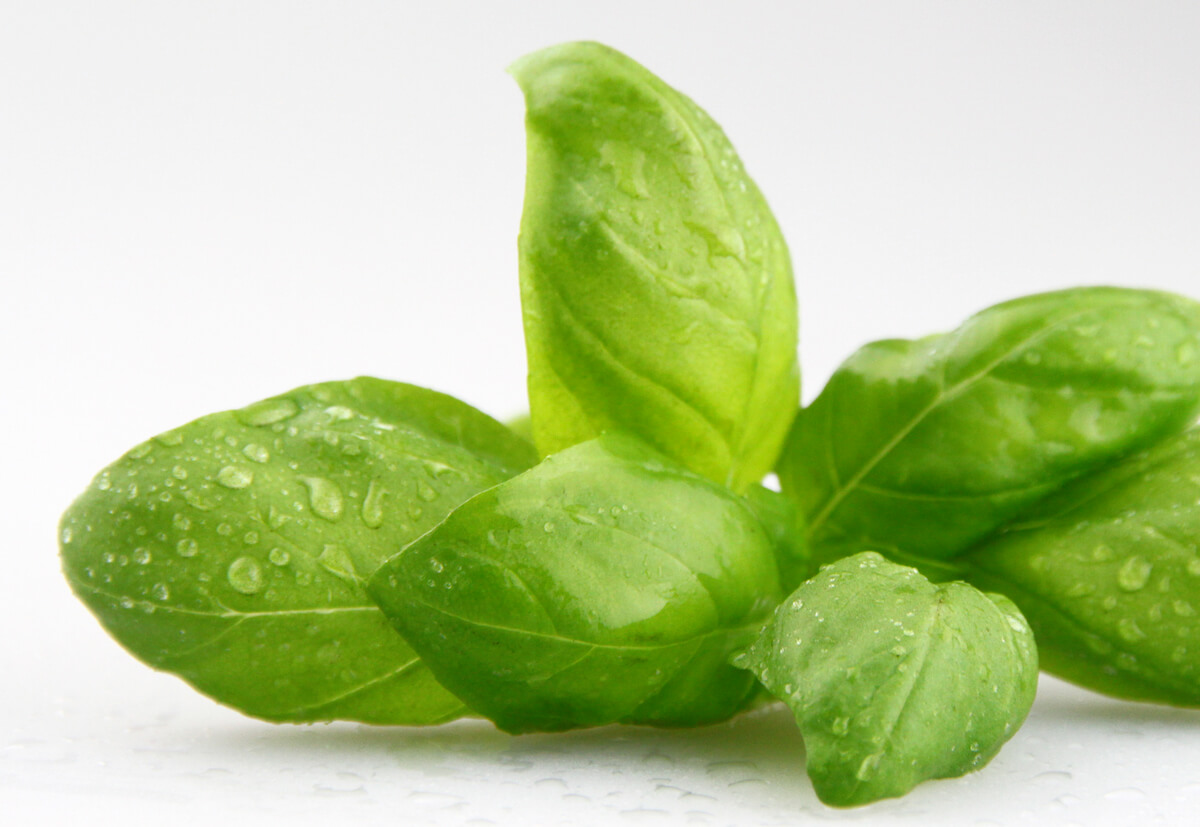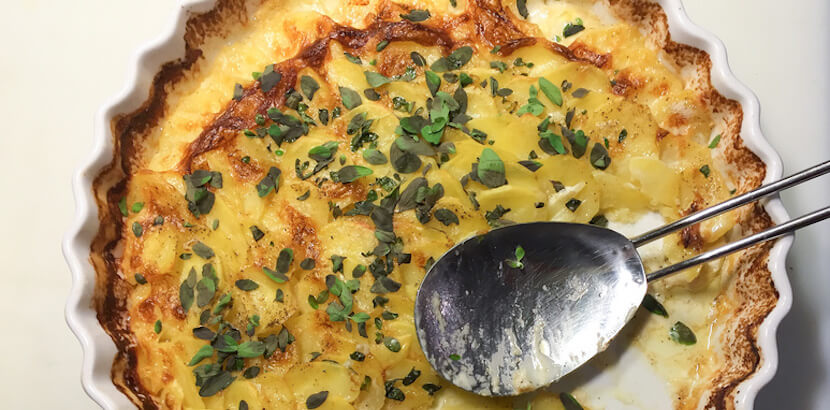Synonyms: Botanical family: origin: Classification>/strong>: spice shape: flavor: odor: usage: Fresh or dried basil smells pleasantly aromatic, tastes hot and freshly spicy. While the freshly picked leaves are mainly used in southern European cuisine, in other areas the dried product is preferred. Basil is indispensable for the right seasoning of many dishes. Soups, sauces, salads, meat and fish dishes as well as vegetable dishes can be harmoniously rounded off with a little basil. However, basil should not be added until shortly before the dish is ready, as it loses its aroma during cooking and becomes bitter very quickly. tip: Recipe suggestion: Things to know: Botany: Home & Spread: cultivation & extraction: History: Basil
Allgemeines
Application
Things to know
 Botanical name:
Botanical name:
Ocimum basilicum L.
King cabbage, German pepper
flowering plants
Tropical and temperate latitudes (e.g. Egypt, Morocco, France, Balkans)
herb
leaves
sweetish (reminds of liquorice)
lemon-like, anise-like, cinnamon-like, clove-like
Pestos, insalata, caprese, pizzas, salads and dips
When cooked, it loses its aroma and becomes bitter. Therefore add it only before the end of the cooking time
Pesto: Finely chop fresh basil leaves, add roasted pine nuts and a few cloves of garlic. Mix with olive oil of choice and parmesan and puree in a blender.
History: The popular name "king's cabbage" comes from the Greek word "basilikos" = royal
The annual basil plant rises about 30 to 50 cm high on square, pithy or hollow stems. The bushy-branched herb bears a multitude of stalked, elongated-egg-shaped, pointed leaves, which are 30 to 50 mm long, 20 to 30 mm wide and often only indistinctly notched. At the branch ends, usually grouped in six, small white flowers stand on top of each other in false whorls at flowering time.
The actual home might be northwest India. Today, basil is cultivated in all tropical and subtropical and for the most part also in temperate climates. Larger cultures are mainly found in Morocco, Spain, southern France, Hungary and Indonesia.
Where basil is cultivated in the field, harvesting can be done by machine. However, the more gentle manual harvest is preferred. The content of spicy essential oils is highest during flowering and later, during the ripening period. Basil is cut during this period. Bundled and dried, it is put on the market, but mostly rubbed (i.e. the leaves are stripped from the branches). Basil, like many other spices, must be stored airtight and protected from light.
The aromatic savory was already known and familiar to the Romans. Certainly it was also used by all former peoples of the Mediterranean. In Germany it was already cultivated in the early Middle Ages. When Charlemagne in 812 prescribed the number and type of culinary herbs to be cultivated to all imperial Maierhofes, the list included savory. In the 17th century, the pilgrim fathers took savory to the New World. Perhaps because of this historical association, savory is often used in the seasoning of stuffed turkey, which is a traditional Thanksgiving dish. In German, savory is also known as "Pfefferkraut" (peppercorn). This name results from its former use as a pepper substitute in times of need.
http://de.wikipedia.org/wiki/Basilikum







